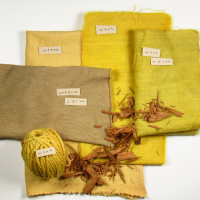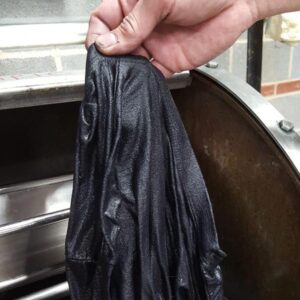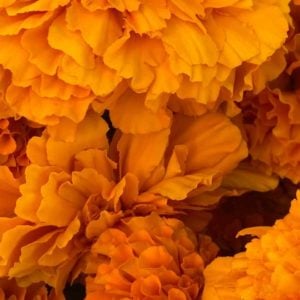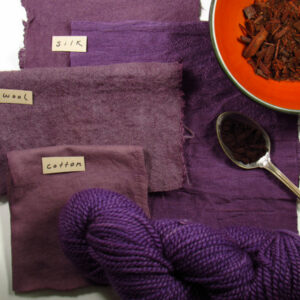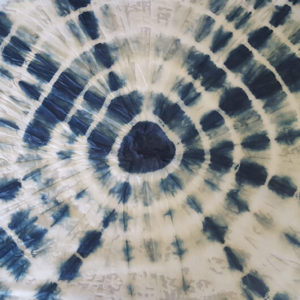The Beginner Dye Kit: Fustic Greens
Fun Facts about the Fustic in our Botanical Colors’ Beginner Dye Kit: Fustic (Chlorophora tinctoria or Maclura tinctoria) is a tall tropical hardwood that grows from Mexico to Argentina. Fustic is high in tannic acid, which makes it an ideal cotton dye. In fact, it was used in the military to dye the color khaki during World War I. On cotton, it will dye a clear gold and on silk and wool it will dye gold to brown-gold. Fustic also provides a good base for other colors: indigo overdyed with fustic creates a khaki green; combined with madder and cochineal to make oranges; and mixed with … Read more

